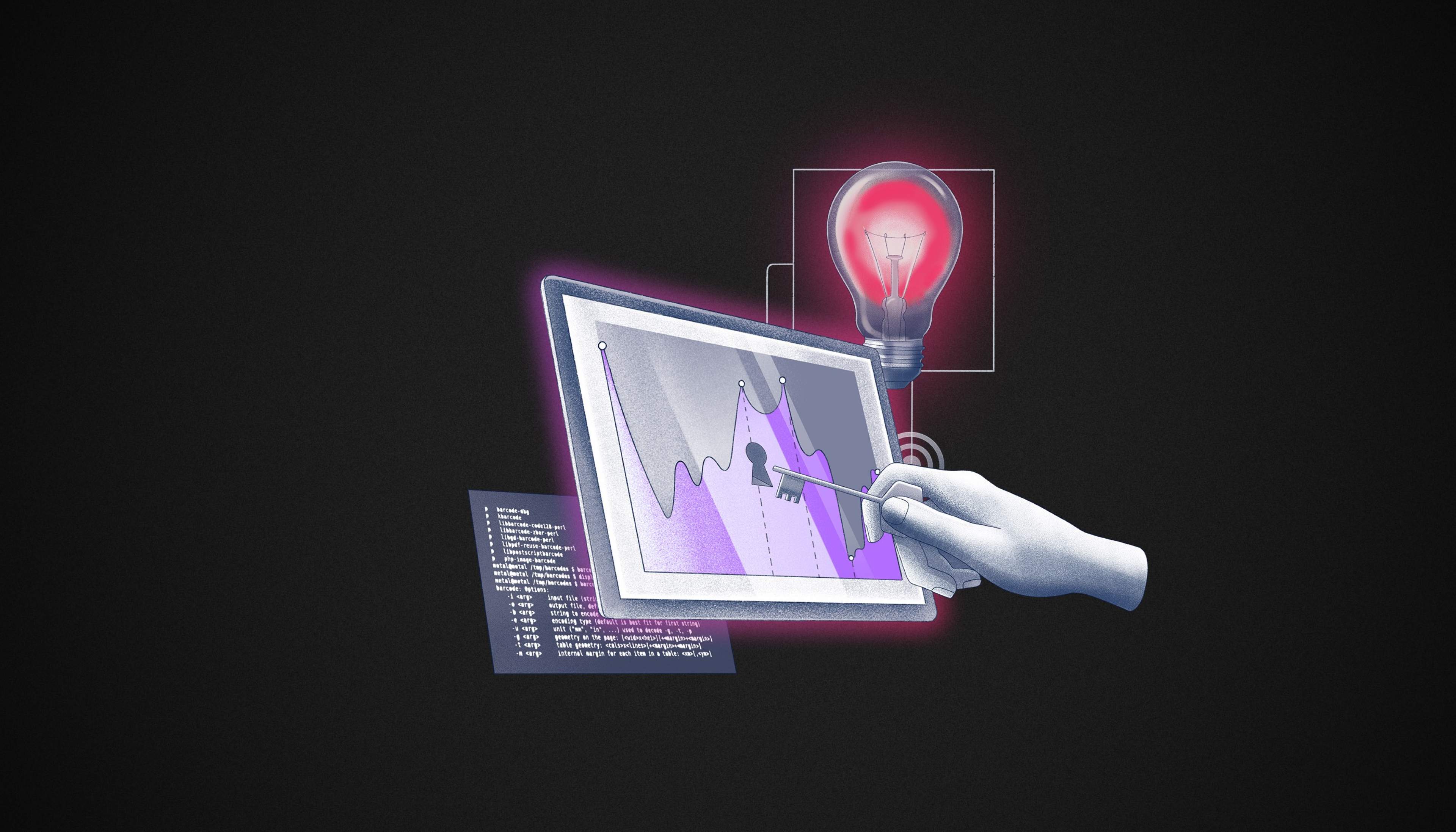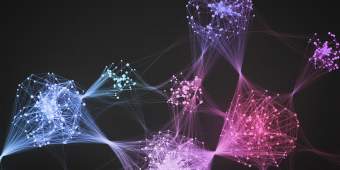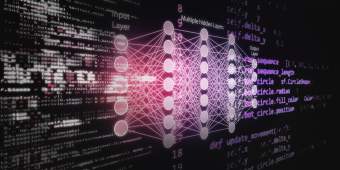Data-powered insights in action
Let’s look at an example to see how data-powered decisions might manifest in the real world. Say a manufacturing company is planning facility upgrades for its headquarters, which includes a factory floor where assembly workers build high-tech equipment, plus two floors of offices overhead.
One (of the many) decisions leaders have to make: which HVAC system to choose? In the absence of data-powered insights from their company, they might consider product specs from HVAC manufacturers, guidelines from their building’s architect, or even ESG goals. They’ll likely make a good-enough decision, but it will take a lot of time and energy––and it might perpetuate existing problems.
Now let’s imagine these manufacturing leaders have data-fueled dashboards at their current headquarters. They can easily see that, at 65 degrees, the factory floor is most productive: QA logs fewer mistakes, workers require shorter rest and hydration breaks, and morale indicators are high.
But in the office, productivity plummets below 68 degrees. Employees take longer breaks and visit the break room more often. What's more, energy costs jump higher than expected––because, it turns out, some employees actually start using personal space heaters at that temperature.
Suddenly, the decision-making becomes clearer: the HVAC system must accommodate different temperatures for the factory floor and the offices. And heck: maybe the company should change its dress code so that employees can more easily dress for the indoor temperature.
Rather than making a best-guess decision about a major investment, business leaders with mature data capabilities can make decisions based on the specific realities of their workplaces.
To reach this level of data maturity, though, businesses must first collect data from around their organization and then find ways to unify and interpret it. Most organizations are well on their way to the former, thanks to…
Extensive digital interactions among employees, customers, and partners.
IoT devices capturing and transmitting environmental data.
Interconnected systems that make it possible to understand the relationship among various conditions and behaviors.




